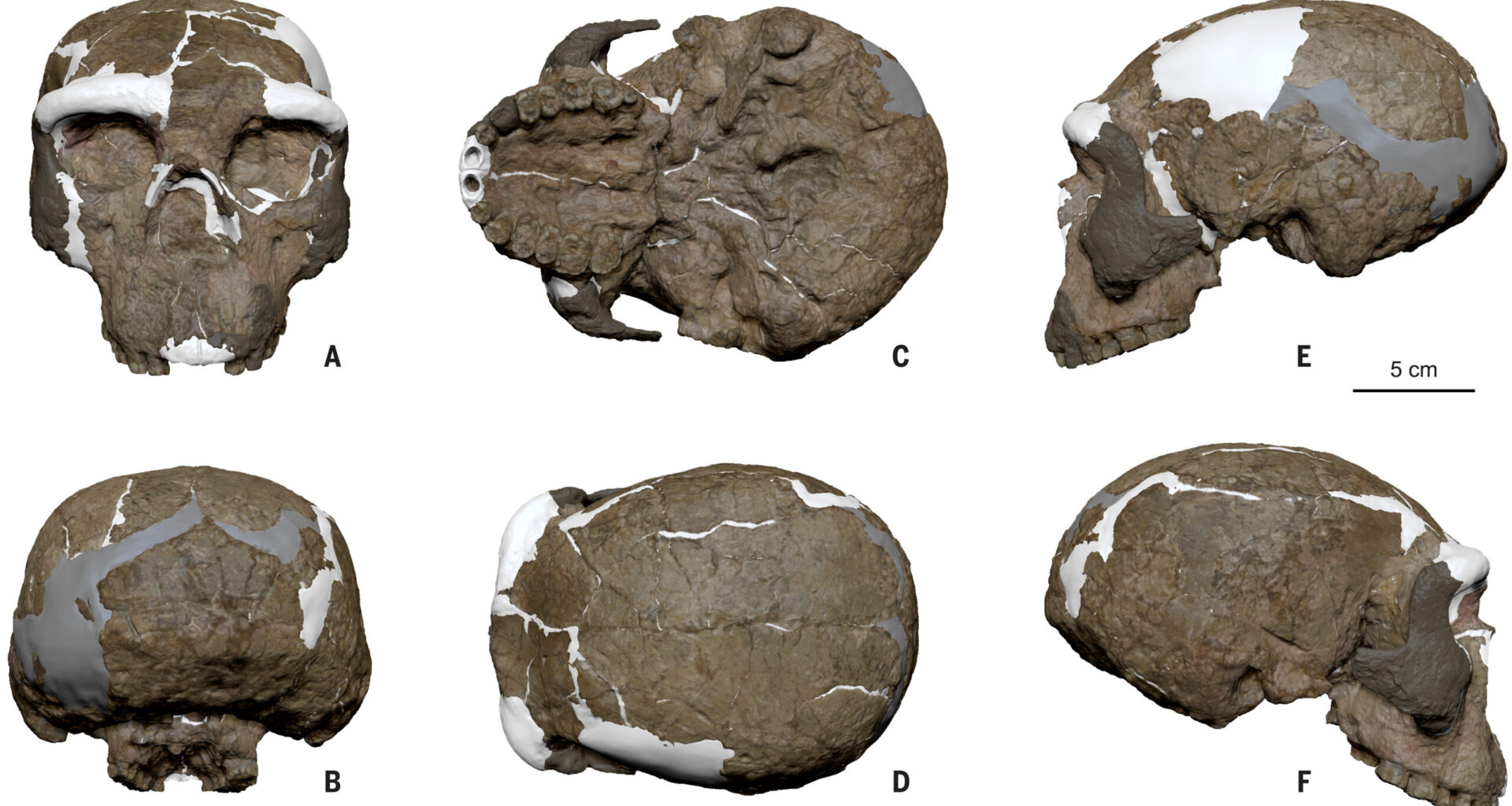A million-year-old skull unearthed in China could push back the timeline of human evolution by 400,000 years and shift the story of human origins from Africa to Asia, researchers said Thursday, CNBS News reported.
The skull, known as “Yunxian 2,” was discovered in 1990 but only recently reconstructed using advanced CT scanning, structured light imaging, and 3D printing. A team of scientists published the findings in the journal “Science,” saying the fossil displays traits that blur the lines between Homo erectus, Homo longi—nicknamed “Dragon Man”—and modern humans.
“This changes a lot of thinking,” said Chris Stringer, an anthropologist at the Natural History Museum in London and part of the research team. “It suggests that by one million years ago, our ancestors had already split into distinct groups, pointing to a much earlier and more complex human evolutionary split than previously believed.”
The results surprised the team. “From the very beginning, when we got the result, we thought it was unbelievable. How could that be so deep into the past?” said Xijun Ni, a professor at Fudan University who co-led the analysis.
“But we tested it again and again to test all the models, use all the methods, and we are now confident about the result, and we’re actually very excited.”
The reconstruction shows a lower projecting face similar to Homo erectus, but also a larger brain capacity that aligns more with Homo longi and Homo sapiens. Stringer said the discovery could help resolve what researchers call the “Muddle in the Middle,” the confusing period of human fossils dating between one million and 300,000 years ago.
If correct, the findings suggest early hominins such as Neanderthals and Homo sapiens could have emerged much earlier than thought. “There’s a big change potentially happening here, where East Asia is now playing a very key role in hominin evolution,” said Michael Petraglia, director of Griffith University’s Australian Research Centre for Human Evolution, who was not involved in the study.
However, skepticism remains, Andy Herries, an archaeologist at La Trobe University, said fossil morphology can mislead without genetic evidence. “They’ve got this interpretation that I just don’t really think is taking into account the genetic histories of these things that we do know,” he said.
Dr. Aylwyn Scally, an evolutionary geneticist at Cambridge University, called the results plausible but uncertain. “That picture is still quite unclear to us, so if the conclusions of this research are supported by other analyses, ideally from some genetic data, then I think we would start to be increasingly confident about it,” he told BBC News.
The study adds to growing evidence of the untapped complexity of human evolution. “Fossils like Yunxian 2 show just how much we still have to learn about our origins,” Stringer said.


